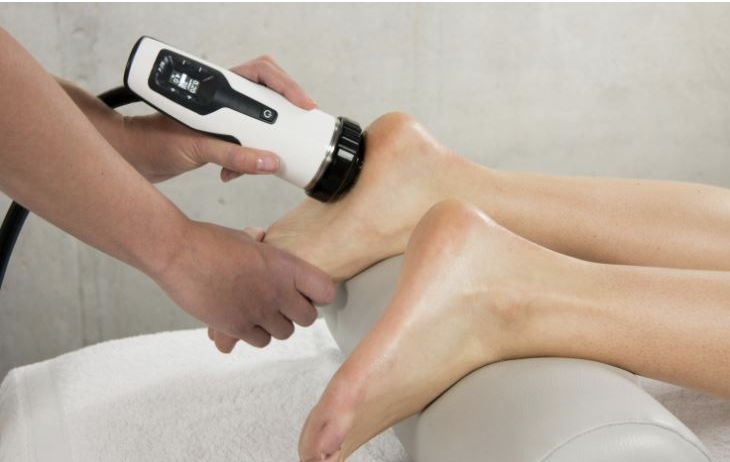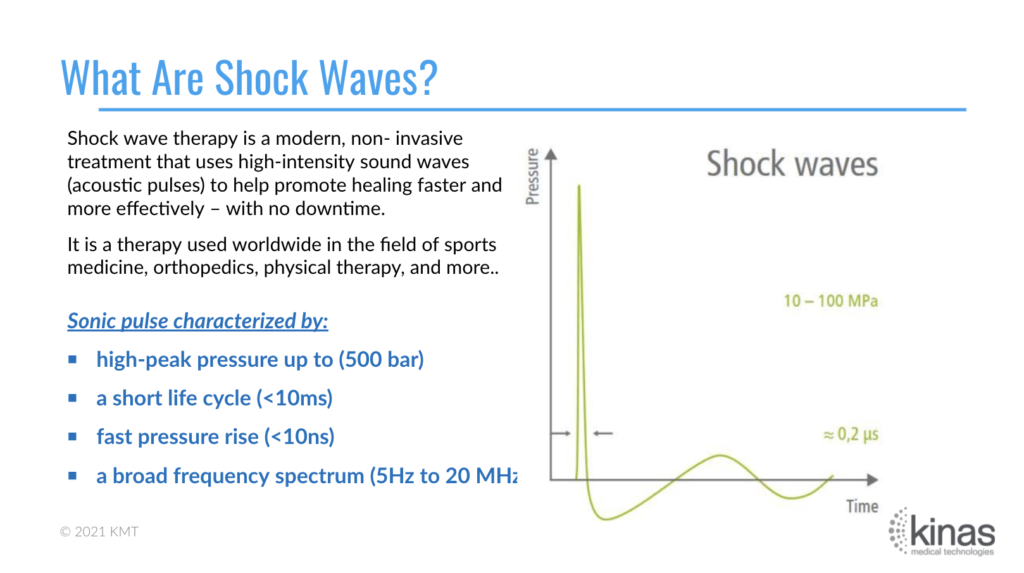
Shock waves are known throughout the medical community for their non-invasive approach to tackling challenging MSK pain cases on a cellular level. This technology began its medical journey in the 1950’s with scientific exploration funded by the German military.
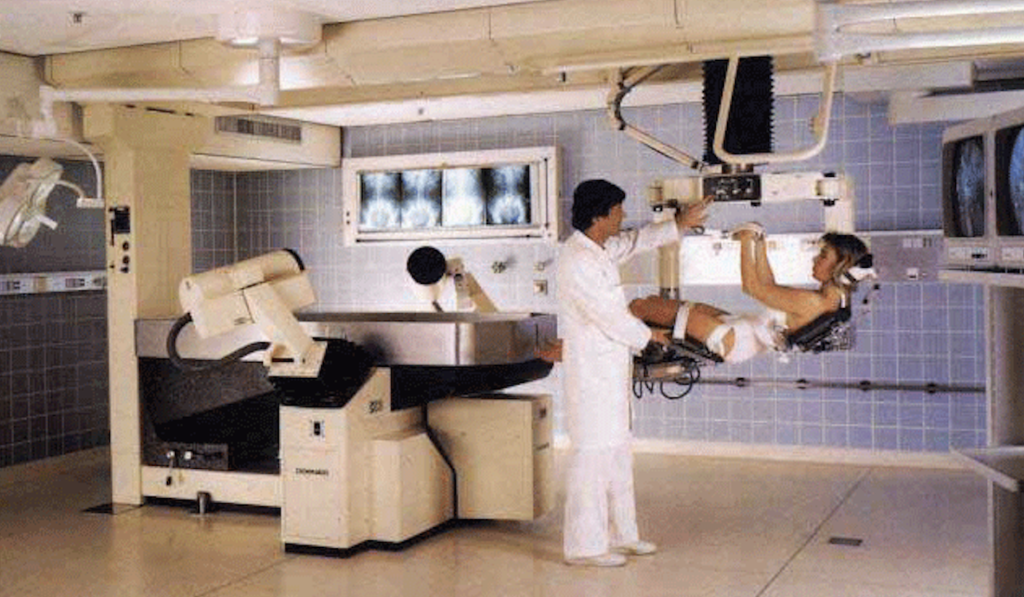
In 1971, Haeusler and Kiefer reported the first in-vitro disintegration of a kidney stone with shock waves without direct contact to the stone. In 1980, the first procedures with non-invasive kidney stone lithotripsy were performed on patients using the prototype Dornier Lithotripter HM1, shock wave machine. By 1983, commercial Dornier devices were found throughout Germany. As of 2019, multiple millions of people have received a lithotripsy procedure.
The successes found with shock wave in urological applications progressed into studies within different verticals of medicine. In 1985, research began on the effect of shock wave on bones. Originally, the studies were whether the hip sustained any damage while receiving the lithotripsy treatment. They found that not only did the procedure provide no alterations on intact bones, but that fracture healing was evident in animal testing.
In 1988, the first procedure on a human patient with non-union was successfully performed in Germany. At the same time, Valchanow et. al. reported his findings about shock wave therapy on non-unions and delayed unions. His success rate was 85%.

Over the next few years, different clinical studies reported success rates ranging between 60% and 90%. Two essential circumstances exert influence on the success of shock wave therapy on non-unions or delayed unions. One being the influence of shock waves on hypertrophic non-unions seems to be more effective as on atrophic non-unions. The second being the stabilization of the fracture after shock wave therapy seems to be an essential condition for the success of the therapy.
At the beginning of the 90’s, the first reports surrounding shock wave therapy on tendinitis calcarea were published. Further investigation lead to successful treatment of epicondylitis and heel spurs with reported success rates between 70% and 80%. Because of the increasing significance of shock wave therapy on soft tissue diseases, new devices were produced at a smaller, more functional size.
Expert Gerhard Kinas worked throughout the pioneering of this technology in Switzerland with the leading shock wave manufacturer, STORZ MEDICAL. In 1996, he had the opportunity to work with the German team during the Summer Olympics in Atlanta, GA. While assisting the doctors and PT’s with the application of the technology, he realized that the U.S. was virtually unaware of the scope presented with shock wave technology in the medical industry.
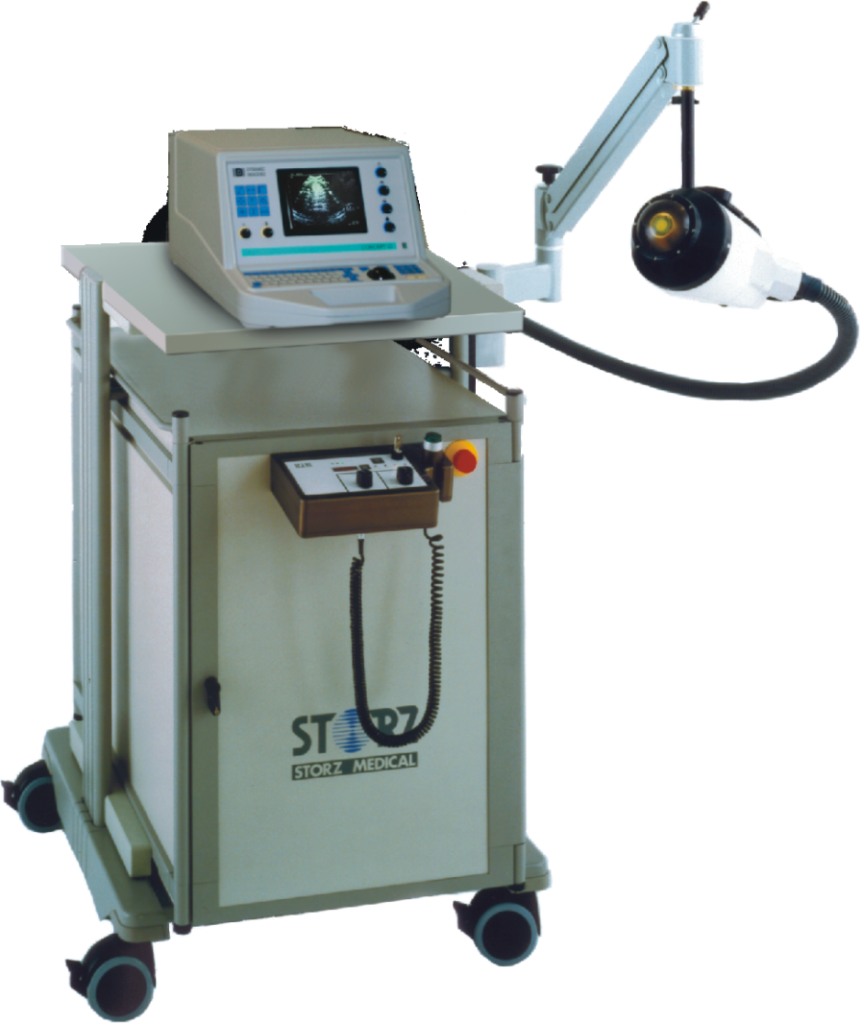
In 1999, he left Germany and moved to the United States. Soon after, Kinas started his own shock wave company – not only distributing the highly effective devices powered by STORZ technology, but also educating and training clinicians on its applications.
When Kinas first started his company, Focus It, LLC, the United States was still researching the technology and it had only been utilized in animal health. In 2003, the FDA approved the use of shock wave therapy for treatment of plantar fasciitis and lateral epicondylitis of the elbow. As Gerhard Kinas scaled his company to offer technology and training in human health applications, shock wave therapy was taking off in the United States.
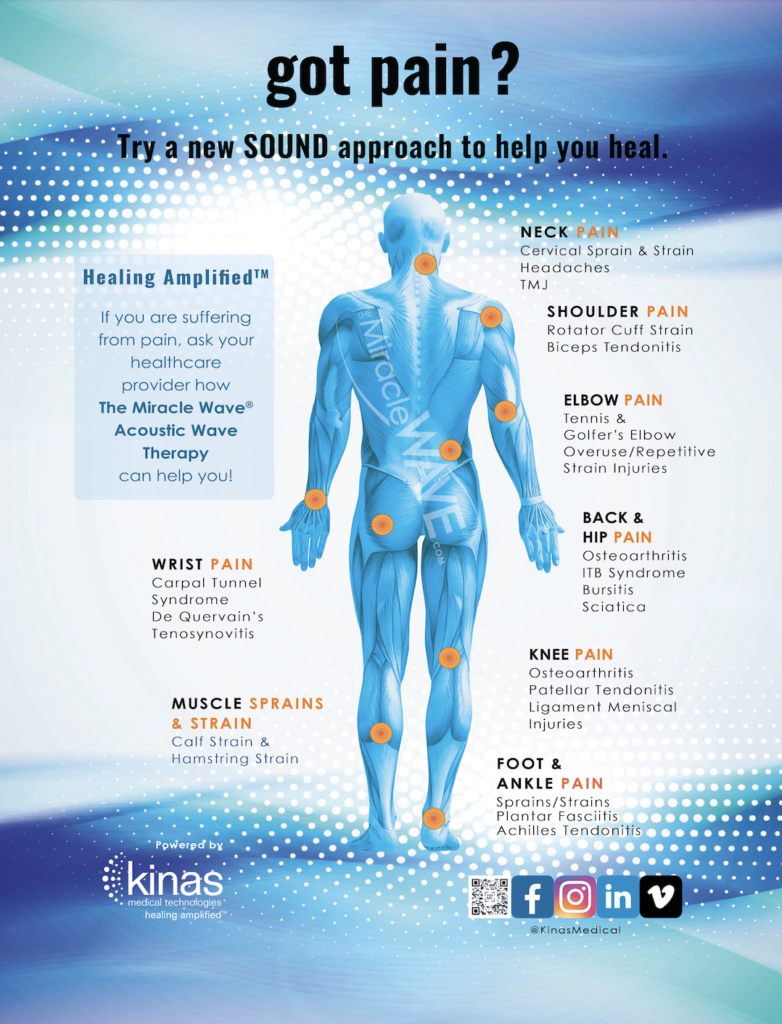
In 2020, the company rebranded under the umbrella of Kinas Medical Technologies – offering both animal and human health device options, the most extensive training available for shock wave in the U.S., implementation strategies, marketing collateral, and more for over 1000 clinicians in the U.S. The scope of medical specialties utilizing the clinical advantages of shock wave therapy grows consistently with applications in musculoskeletal conditions, regenerative medicine, orthopedics, sexual health, physiotherapy, cardiology, aesthetics, athletic training and recovery, and more.
To learn more about shock wave therapy, to inquire about purchasing shock wave equipment for your office, or to speak with Gerhard Kinas about the applications of this technology – reach out today!
Sources:
https://www.shockwavetherapy.org/about-eswt/shockwave-history/
https://www.ncbi.nlm.nih.gov/pmc/articles/PMC4967434/
www.KinasMedical.com
